Planning a trip to the Philippines? Known for its over 7,000 islands, crystal-clear waters, lush landscapes, and vibrant culture, the Philippines offers experiences for every traveler. Choosing the right time to visit depends on what you want from your trip, and this guide will help you understand the best seasons, pros, cons, and insider tips for planning the perfect getaway.
Overview of Seasons in the Philippines
The Philippines has a tropical climate with three main seasons:
Dry Season (December to May): Warm and sunny, ideal for beach and outdoor adventures.
Wet Season (June to November): Characterized by frequent rains, especially from July to September.
Cool Season (December to February): Cooler temperatures and moderate weather.
December to February: Peak Season
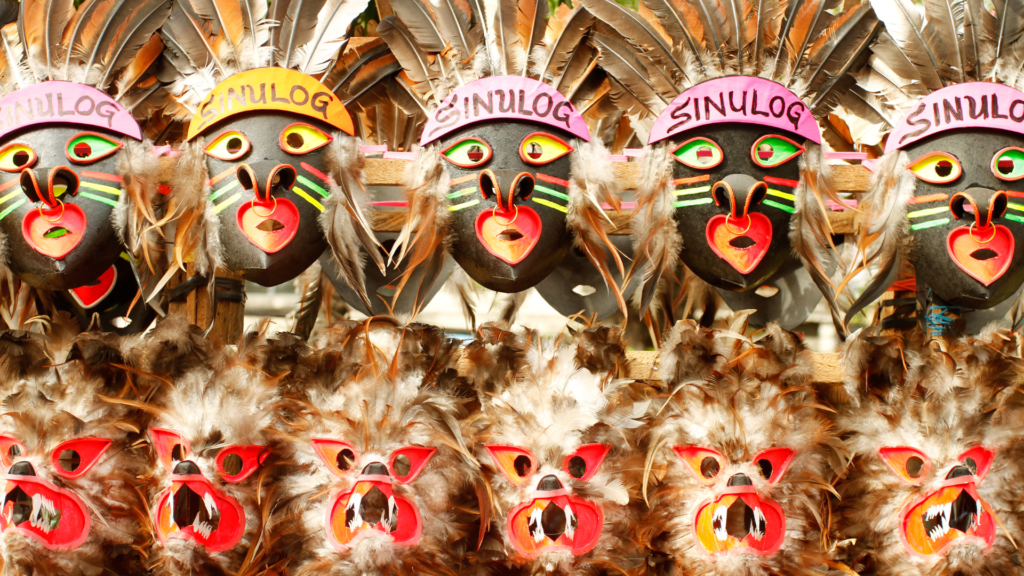
Pros:
- Great Weather: December through February are the cooler months, with sunny skies, comfortable temperatures, and low humidity, making it the most popular time for outdoor activities.
- Ideal for Festivals: The Philippines is known for its vibrant festivals, including Sinulog (Cebu, January), Ati-Atihan (Kalibo, January), and Panagbenga (Baguio, February), offering a lively cultural experience.
- Perfect for Island-Hopping: Clear skies and calm seas make this a great time for exploring islands like Palawan, Boracay, and Cebu.
Cons:
- High Crowds and Costs: This is the busiest season, especially around Christmas and New Year. Expect crowded beaches, fully-booked accommodations, and higher prices for flights and hotels.
- Limited Availability: Hotels and tours may book out months in advance, especially in popular spots. Early planning is essential.
March to May: Hot and Dry Season
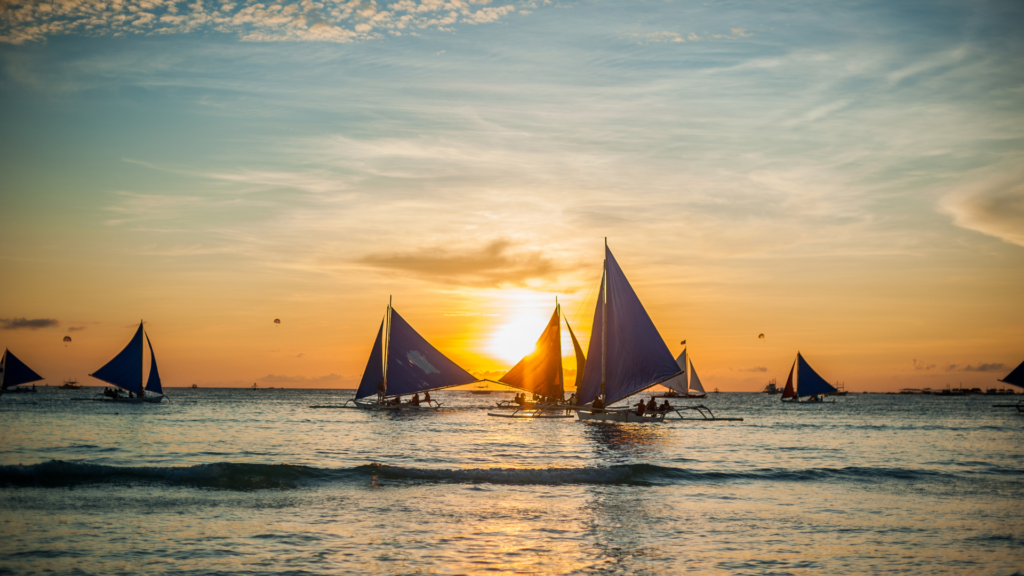
Pros:
- Ideal Beach Weather: Hot, sunny days are perfect for beach lovers and water sports enthusiasts. Famous beaches like El Nido, Boracay, and Siargao are at their best.
- Longer Days: With more daylight hours, it’s a great time for sightseeing and making the most of island activities.
- Lively Holy Week Celebrations: Holy Week (April) is a special time in the Philippines with various cultural and religious events, giving travelers a unique look at Filipino traditions.
Cons:
- Intense Heat: Temperatures can soar up to 40°C (104°F) in some areas. Ensure you stay hydrated, wear sunscreen, and take breaks from the heat.
- Higher Prices Leading to Low Season: The demand is high as summer draws locals and tourists alike. However, after May, prices begin to drop.
June to October: Green Season (Rainy)
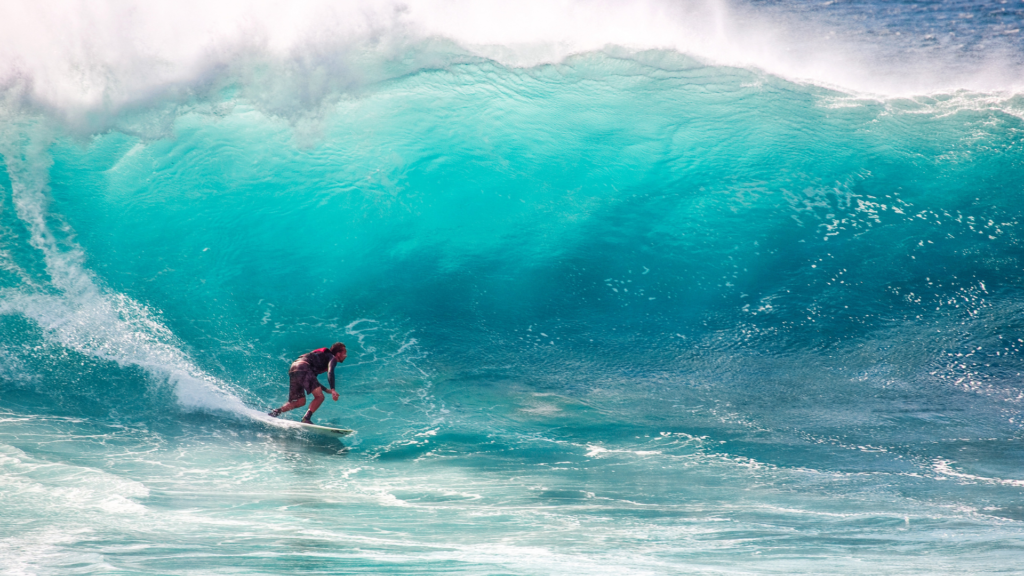
Pros:
- Lower Prices and Fewer Tourists: This is the Philippines’ green season, when you’ll find fewer crowds and more affordable rates on flights, hotels, and tours.
- Lush Landscapes: The rain brings out the lushness of the country’s landscapes, making it a fantastic time to explore the greenery of places like Banaue Rice Terraces or Sagada.
- Surf Season in Siargao: Siargao, known as the surfing capital of the Philippines, hits its peak surf season from August to November, attracting surfers from around the world.
Cons:
- Heavy Rains and Typhoons: Rain is heaviest from July to September, and typhoons are common, especially in the northern islands. Trips to remote areas may face delays or cancellations.
- Limited Island-Hopping: Island-hopping tours might be restricted due to unpredictable weather and rough seas, affecting plans to visit certain islands.
- Humidity: The combination of rain and humidity can make some areas feel warmer and less comfortable, especially for travelers unused to tropical climates.
November: Shoulder Season
Pros:
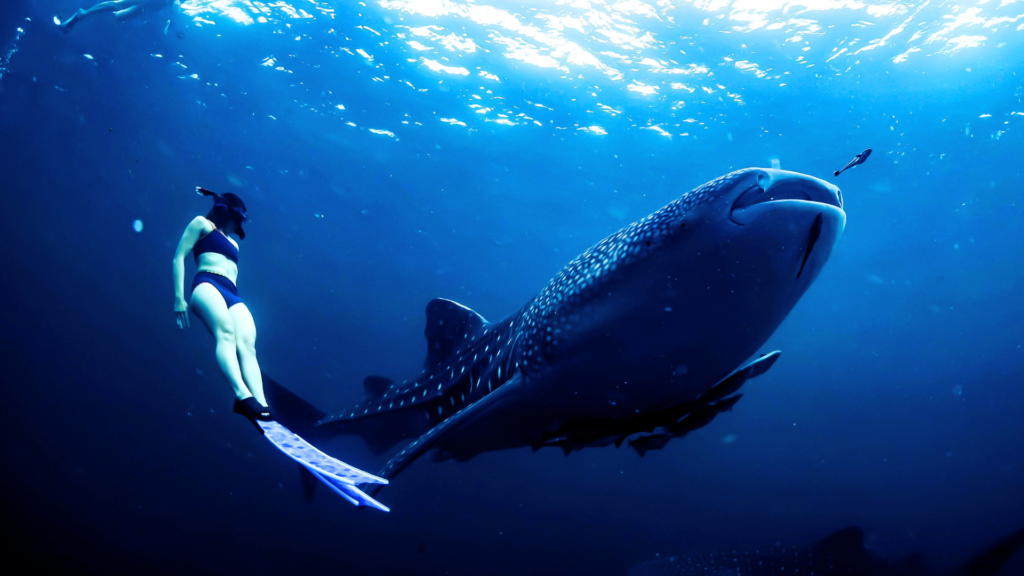
- Milder Weather: November brings less rain and more sunshine, transitioning into the peak season.
- Lower Prices than December: Although prices begin to rise, they’re still generally lower than December rates, making it a cost-effective time to travel.
- Great for Outdoor Adventures: This month offers a balance between clear skies and pleasant temperatures, ideal for hiking, diving, and island-hopping.
Cons:
- Unpredictable Rainfall: Early November can still experience occasional rains, especially in certain parts of the country.
- Mixed Tourist Crowds: Tourists start to arrive in November, so while it’s not as crowded as peak season, some popular spots may start to see more visitors.
Seasonal Tips and Recommendations
- If you want ideal weather and don’t mind the crowds, December to February is your best choice.
- For a budget-friendly trip with fewer tourists, consider visiting in June or October when rates drop.
- For beach days and warm weather without peak-season crowds, March to May offers the best of both worlds, though it can get hot.
- If you’re a surfer, plan for August to November to catch the best waves in Siargao.
Each season has its own charm in the Philippines, and with a little planning, you can enjoy an incredible trip any time of year.
Explore Our Philippines Journeys
DISCOVER MORE – Raja Ampat’s Most Famous Sites: A Guide to Paradise

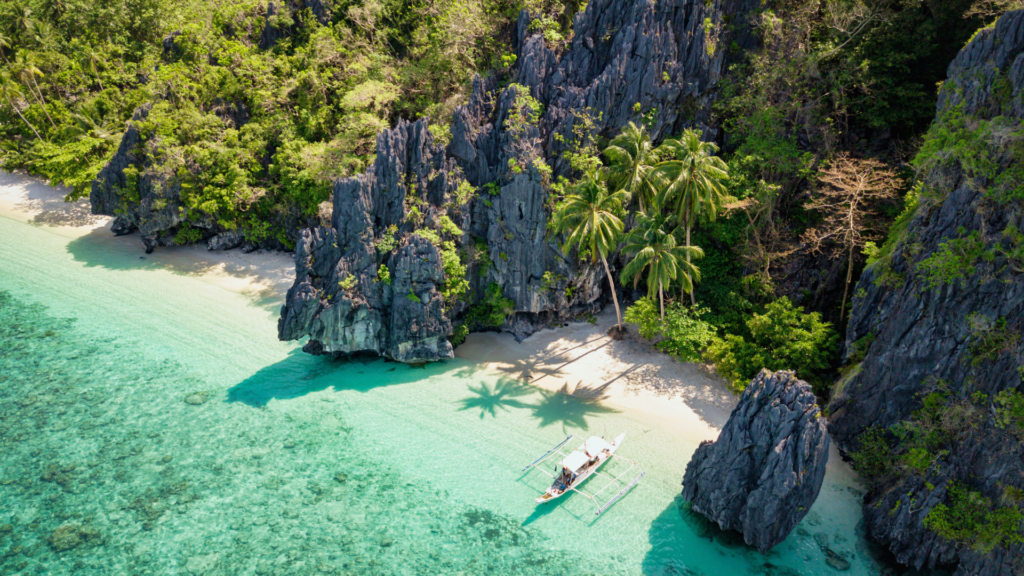
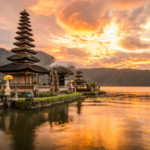
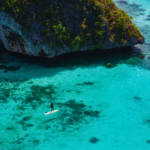



Comments are closed.